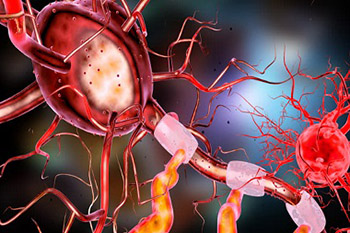Post-operative functional neurological symptom disorder after anesthesia
DOI:
https://doi.org/10.17305/bjbms.2020.4646Keywords:
Functional neurological symptom disorder, anesthesia, peri-operative period, psychogenic coma, psychogenic non-epileptic seizures, conversion paralysisAbstract
A rare manifestation during the post-anesthetic period may include the occurrence of functional neurological symptom disorder (FNSD). FNSD is described as neurological symptoms that are not consistently explained by neurological or medical conditions. We report a case series consisting of six patients who underwent a general anesthetic at a tertiary referral hospital and experienced FNSD in the immediate post-anesthetic period. Life-threatening causes were excluded based on benign physical exam findings and knowledge of past history. Five of six cases manifested with FNSD only in the immediate post-operative setting after exposure to anesthesia, and never otherwise experienced these symptoms during their normal daily lives. MEDLINE and Google Scholar were searched through October 2019 using a highly-sensitive search strategy and identified 38 published cases of post-anesthetic FNSD. Meta-analysis of pooled clinical data revealed that a significant proportion of patients were females (86%), reported a history of psychiatric illness (49%), reported a prior history of FNSD (53%), and underwent general anesthesia as the primary anesthetic (93%). The majority of patients were exposed to diagnostic studies (66% received radiographic tests and 52% received electroencephalogram) as well as pharmacologic therapy (57%). While no deaths occurred, many patients had unanticipated admission to the hospital (53%) or to the intensive care unit (25%). These data may help inform the anesthesia literature on presentation, risk factors, and treatment outcomes of FNSD in the context of anesthetic administration. We contemplate whether anesthetic agents may predispose a vulnerable brain to manifest with involuntary motor and sensory control seen in FNSD.
Citations
Downloads

Downloads
Additional Files
Published
Issue
Section
Categories
How to Cite
Accepted 2020-02-11
Published 2020-08-03









